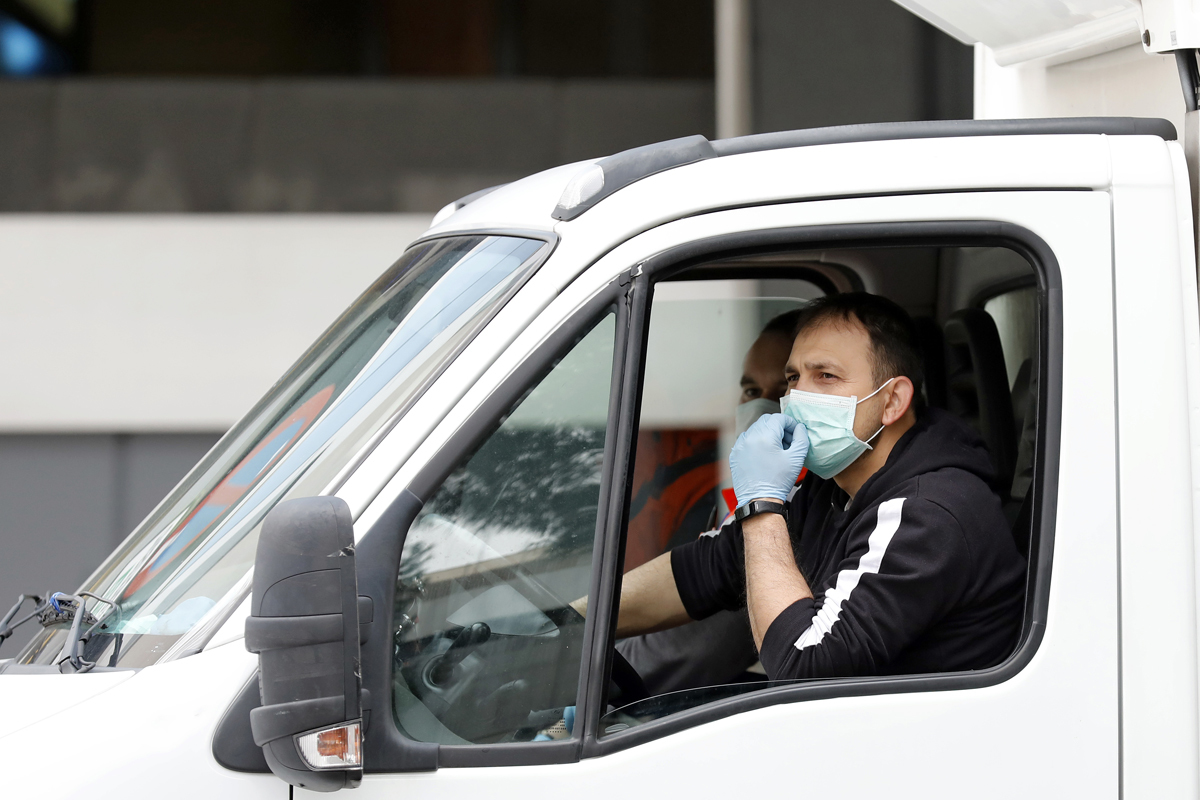- Direct.Coronavirus Spain today, live breaking news
- Limitations: What can be done during Phase 1 of the de-escalation?
- Map.Consult, municipality by municipality, where you go to Phase 1
People who reside at the same address will be able to travel , from phase 1 of the de-escalation that begins this Monday in some provinces, on private private and complementary transport of up to nine seats, including the driver, without the need to use face masks and being able to occupy all the places that the vehicle has. Here you can see, municipality by municipality, which territories will be in Phase 1 from Monday, May 11.
In the event that not all people who are from the same address, two people can move around each row, but always wearing a mask and respecting the maximum possible distance between the occupants.
This is reflected in the order of the Ministry of Transport, of May 9, published this Sunday in the Official State Gazette on the conditions under which mobility can be carried out safely.
Motorcycles and mopeds
The order states that on motorcycles, mopeds and vehicles that have two approved seats (driver and passenger), two people may go as long as they either wear a full face helmet with a visor, or wear a mask or reside at the same address. In addition, the use of gloves will be compulsory for driver and passenger, admitting those for motorcyclist protection.
In public passenger transport in vehicles with up to nine seats, including the driver, two people can move for each additional row of seats compared to that of the driver, and in any case the maximum possible distance between its occupants must be guaranteed. If all users live together at the same address, three people can go for each additional row of seats compared to that of the driver.
In vans or trucks
In vehicles in which, due to their technical characteristics, only one row of seats is available, as in the case of cabins for heavy vehicles, vans, or others, a maximum of two people may travel, provided that their occupants wear masks and keep as much distance as possible. Otherwise, only the driver may travel.
Coaches, buses and trains
In the case of supplementary regular, discretionary and private public transport of passengers by bus, as well as rail transport, in which all occupants must be seated, the operator will limit the total occupation of seats so that passengers have a seat adjoining void that separates them from any other passenger.
As the only exception to this rule, people who travel together and live in the same home may be placed in adjacent seats , which may result in a higher occupation in this case. In any case, on buses the row after the seat occupied by the driver will always be kept empty.
Standing passengers
Lastly, the BOE publication indicates that in collective public passenger transport in urban and peri-urban areas, where there are platforms enabled for the transport of foot passengers, efforts will be made to ensure that people maintain as much distance from each other as possible, establishing As a reference, the occupation of half of the available seats available , and of two travelers for every square meter in the area enabled to travel on foot.
In accordance with the criteria of The Trust Project
Know more- Engine
- Descaled
MotorLamborghini Huracan EVO RWD Spyder: force of nature
Engine At the wheel of the Skoda Octavia Combi: go to another division
The Toyota RAV4, a pioneer among SUVs, reaches 10 million cars

